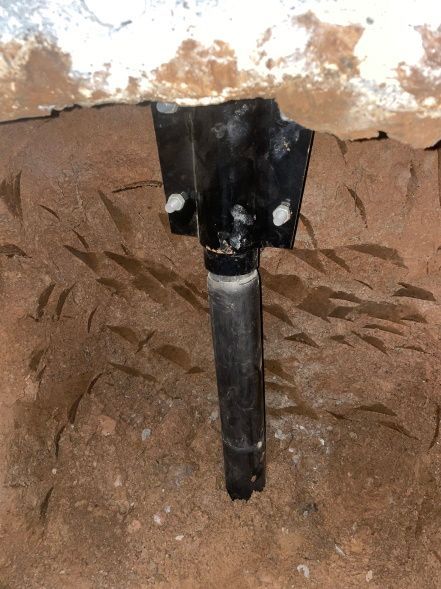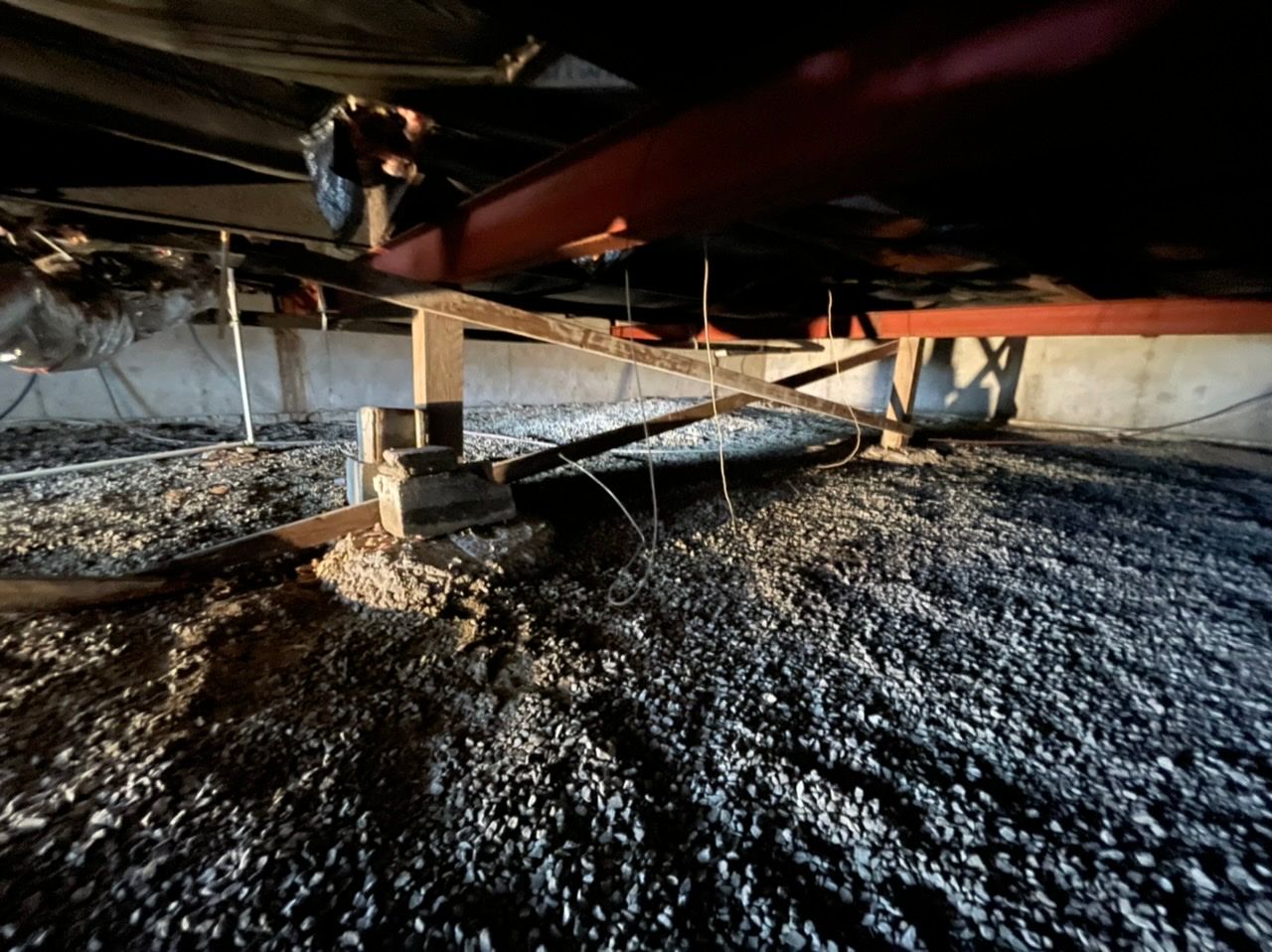What Is a Pier Foundation?
Everything You Need to Know About Helical Pier Foundation Solutions
A pier foundation is a type of foundation solution that strengthens and stabilizes a home. To fully understand a pier foundation, it is important to understand the components and processes required to complete this service.
The first component that is important to describe is a pier. A pier is a steel, pole-like structure that is filled with and encased in concrete. When a series of these piers are interconnected, they form a strong structure upon which a foundation can be built. In a sense, a pier foundation is the “foundation beneath the foundation” that further ensures a home’s structural stability and integrity.
Piers are traditionally referred to as helical piers, as this type of pier is a widely adopted method for residential and commercial foundations. “Helical” describes a pier’s shape and is derived from the word “helix.” If you can imagine a helix of DNA from your high school science textbook, helical piers are similarly spiraled. The process of driving piers into the ground - which typically involves hydraulics - is much easier given this spiral shape.
While foundation companies that install pier foundations make repairs to pier and beam foundations, an innovative method for piering involves capping the helical pier with a steel cap instead of adding an additional beam. This steel cap is pressed firmly against the foundation to enhance the foundation’s strength, as opposed to including an additional “beam,” which can limit stability.
How Pier Foundations Are Installed
When helical piers in concrete casings are driven into the ground, a foundation piering team’s goal is to ensure they are deep enough to provide maximum support and reach exceptionally firm and stable soil. Foundation specialists understand the mathematical load bearing equations needed to determine the proper reach.
The concrete surrounding helical piers are cured and dried until they are completely ready for installation. Each helical pier is then driven into the ground using hydraulics. Hydraulic power is a reliable and incredibly strong form of mechanical energy that can far exceed other methods of driving piers beneath a home’s foundation.
While helical piers are all separate from each other, they are often connected to other piers with additional concrete, so that each of the piers contribute to a large base. In the case of new construction, the foundation is then built atop the piered structure. If the home is an existing structure, foundation specialists dig underneath the house to create the piers directly beneath the foundation. When the job is complete, the foundation now has a strong, firm, stable base upon which the original foundation rests. This will deter any future foundation settlement issues that could arise.
A popular method for completing the piering process is to cap each pier with steel before the foundation is positioned atop the piering. While some foundation companies use beams to form a pier and beam foundation, others prefer a stronger and more stable method, which removes the beam in favor of the cap, so that the pier itself does not slip out of place. However, this does not prevent foundation technicians from performing repairs on pier and beam foundations.
Why Are Pier Foundations Needed?
In the case of a foundation that is already showing signs of damage, including cracks, uneven floors, bowing or tilting walls, and water in the basement, foundation piering with helical piers provides the support that a home’s foundation is lacking. Piering can provide strength beneath the original foundation to stabilize a weak foundation, as well as ensure that the foundation isn’t further damaged.
Piering is also used where soil conditions aren’t always ideal for building. In climates where there is significant rain as well as significant dry periods, clay soil is highly susceptible to a change in consistency. Clay soil shrinks in periods of drought, then swells when it absorbs moisture. Swelling ends up putting pressure against a foundation’s walls. Shrinking causes the soil to retract from the walls, leaving them with limited support.
Both conditions leave foundations vulnerable, but foundation piering can solve this problem quickly. In the case of a new construction home, builders often consult the services of a superior foundation specialist to install piering before the foundation is built. Installing a helical pier system can repair a pier and beam foundation to prevent the effects of poor soil conditions in advance.
Where to Learn More About Foundation Piering
Case studies developed by foundation technicians are extremely helpful resources for understanding foundation piering. Homeowners and contractors can gain a better understanding of how helical piers support a residential structure with the descriptions and images that a case study provides.
Foundation companies that install piering solutions - from pier and beam foundation repair to signature methods such as hydraulic piering described above - should be able to provide a clear description of how their services benefit homeowners in their area. Superior teams can offer a comprehensive guide that covers everything you need to know about foundation repair. It is not only important to understand the process of foundation piering - the results matter just as much.




